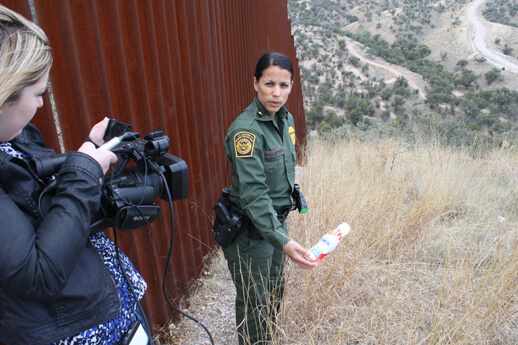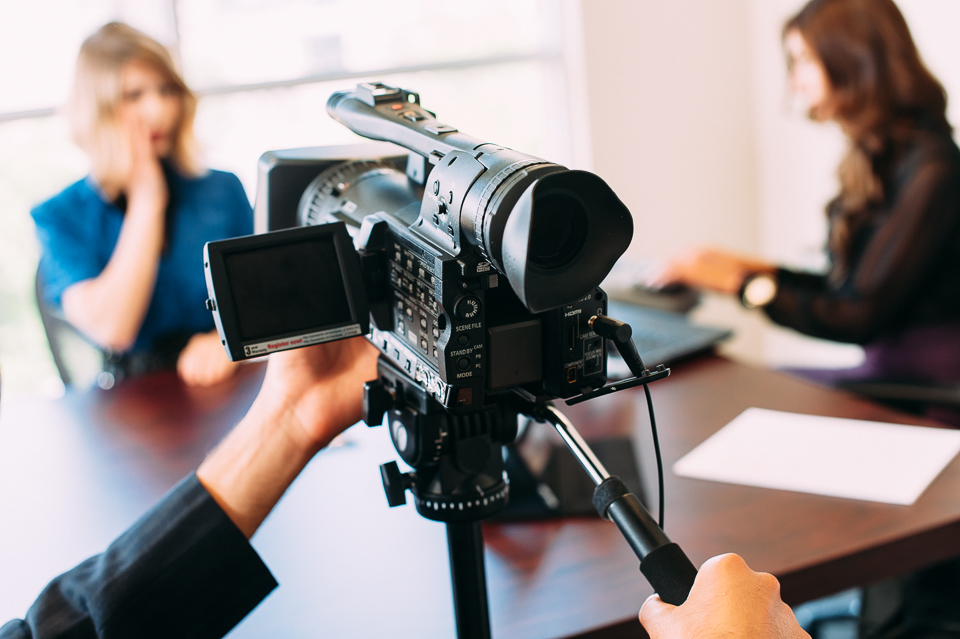The Function of Legal Videography in Modern Legal Process
The Function of Legal Videography in Modern Legal Process
Blog Article
Delving Into the Systems of Lawful Videography: Introduction Its Procedure in Safeguarding Genuine Visual Statement for Judicial Proceedings
In the realm of judicial process, the role of lawful videography stands as a foundation in preserving and offering visual evidence. As modern technology proceeds to breakthrough, the systems behind lawful videography have come to be increasingly complex, using a vital layer of authenticity to statements recorded on video.
Historical Development of Lawful Videography
Analyzing the historic progression of legal videography discloses a significant change in the capturing and discussion of visual evidence within the legal landscape. In the past, lawful proceedings heavily counted on created records and pictures to record events and provide evidence. With the development of video clip technology, the legal market observed a standard shift in just how aesthetic testament was recorded and offered.
The development of lawful videography can be mapped back to the late 20th century when improvements in video clip recording devices made it a lot more easily accessible for use in court rooms. This technical innovation not just improved the accuracy and dependability of visual proof however likewise reinvented the method instances were presented to courts and courts (Legal Videography). Lawyers started to identify the persuasive power of video clip recordings in communicating feelings, subtleties, and non-verbal signs that written pictures or records alone might not catch properly

Modern Technology Developments in Video Documentation
What essential technological developments have revolutionized video clip documentation in the legal field? The lawful area has actually seen considerable innovations in video clip paperwork innovation that have improved the credibility and dependability of visual proof in judicial process. Among the crucial innovations is high-def (HD) video recording capacities, which give crystal-clear pictures and sharp details that are essential for properly recording testaments, faces, and other aesthetic hints. Furthermore, the integration of timestamping and metadata attributes in video clip documentation devices has enabled specific paperwork of when and where the video was recorded, ensuring the honesty of the evidence offered in court.
Moreover, improvements in video file encryption and watermarking technologies have actually boosted the protection and tamper-proof nature of video evidence, guarding it against unauthorized changes or tampering. Furthermore, the arrival of cloud storage options and remote access abilities has streamlined the storage, access, and sharing of video clip evidence, assisting in seamless partnership amongst lawful professionals and guaranteeing efficient access to essential visual testimonies when needed. These technological improvements in video clip paperwork have actually certainly changed the legal area, enhancing the accuracy, integrity, and admissibility of aesthetic proof in judicial procedures.
Role of Lawful Videographers in Court Room Setups
The development of video documentation technology in the legal area has actually required a critical function for lawful videographers in court room settings, ensuring the honesty and integrity of aesthetic statements presented throughout judicial procedures. Lawful videographers play a basic role in recording and protecting accurate visual evidence that can be pivotal in lawsuit. Their obligation includes setting up equipment, videotaping procedures, and producing high-quality video clips that accurately mirror the events in the court room.
In court room settings, legal videographers have to comply with rigorous guidelines and criteria to maintain the credibility of the aesthetic document. They must have an eager eye for detail and an extensive understanding of lawful procedures to make certain that the video footage they capture is a real depiction of the events that transpired. Furthermore, legal videographers often function closely with lawful teams to make sure that the video evidence lines up with the case's needs and can be efficiently offered in court to sustain the legal disagreements being made. Overall, the function of lawful videographers in court room settings is indispensable in promoting the concepts of justice and guaranteeing the transparency of legal process.

Ensuring Admissibility and Integrity of Video Clip Proof
To maintain the reputation of visual evidence offered in legal process, ensuring the admissibility and integrity of video proof is a vital duty for lawful videographers. Admissibility refers to the acceptance of evidence by the court, and for video clip proof to be admissible, it needs to fulfill certain standards. Lawful videographers play an important function in guaranteeing that the video clips they capture adhere to the rules of evidence, such as relevance, dependability, and authenticity.
Honesty of video clip evidence includes maintaining the originality and accuracy of the footage from the moment it is recorded until it exists in court. This includes securely saving the video clip documents, recording the chain of custodianship, and protecting against any kind of tampering or alterations. Lawful videographers have to stick to stringent methods to assure the stability of the video evidence and protect against any type of difficulties to its authenticity.
Future Trends in Legal Videography
Given the raising dependence on technology in legal proceedings, lawful videographers are poised to welcome ingenious innovations forming the future of visual testimony capture and discussion. One of the prominent fads on the perspective is the combination of digital truth (VR) and increased reality (AR) modern technologies right into legal videography. These technologies have the possible to transform how aesthetic evidence exists in court rooms, enabling discretionary to submerse themselves in the scene of the criminal activity or case.
Moreover, using expert system (AI) algorithms for video evaluation is expected to simplify the process of assessing and analyzing huge amounts of video clip footage. AI can aid in determining crucial moments, abnormalities, and patterns within videos, boosting the efficiency of legal examinations.

Verdict
To conclude, legal videography has played a vital function in giving authentic visual proof for judicial proceedings. With technical improvements and the competence of legal videographers, the integrity and admissibility of video clip proof are made certain in courtroom settings. As lawful videography remains to progress, it will be vital to copyright requirements that keep the accuracy and dependability of aesthetic testimony for the future of legal process.
Examining the historic development of lawful videography exposes a substantial transformation in the catching and discussion of aesthetic evidence within the lawful landscape.The evolution of video clip documentation technology in the lawful field has required a crucial role for legal videographers in court setups, making certain the integrity and reliability of aesthetic statements provided throughout judicial process. In addition, lawful videographers commonly function closely with lawful groups to make certain that the video proof lines up with the situation's demands and can be properly offered in court to sustain the legal debates being made.To maintain the reliability of visual proof presented in legal process, ensuring the admissibility and honesty of video clip evidence is a crucial obligation for legal videographers. As legal videography proceeds to progress, it will certainly be crucial to copyright criteria that keep the accuracy and dependability of visual statement for More Bonuses the future of legal process.
Report this page